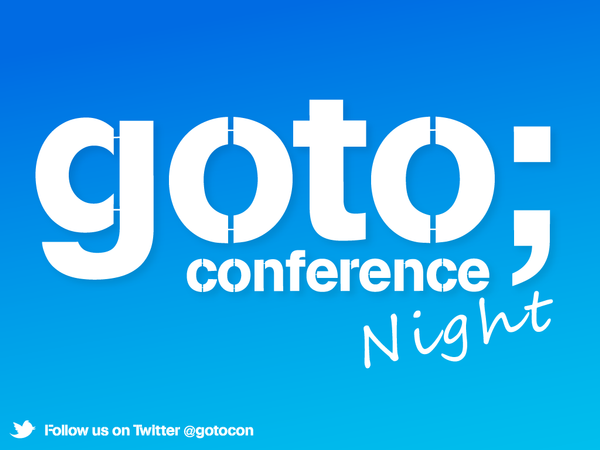The Cybersecurity Tech Accord Fits Squarely in the Collaborative Security Approach
Last week at RSA, more than 30 global companies came together to sign the Cybersecurity Tech Accord “to protect and empower civilians online and to improve the security, stability and resilience of cyberspace.” It is an example of collaboration, which demonstrates the commitment and focus of the signatory companies to take action in order to tackle the significant security threats we are currently facing. It is this type of collective action we have promoted as part of our collaborative security
The Tech Accord is a positive step by large corporations across the globe involved in security to come together in the name of collaboration and make security commitments that resonate with the demands of Internet users everywhere. Per the Accord’s website, there are four main tenets of the Tech Accord:
- Stronger defense
The companies will mount a stronger defense against cyberattacks. As part of this, recognizing that everyone deserves protection, the companies pledged to protect all customers globally regardless of the motivation for attacks online. - No offense
The companies will not help governments launch cyberattacks against innocent citizens and enterprises, and will protect against tampering or exploitation of their products and services through every stage of technology development, design Continue reading







 Automation and virtualization reduce costs and time to market for new services. And software allows companies to moving to an “everything-as-a-service” business model.
Automation and virtualization reduce costs and time to market for new services. And software allows companies to moving to an “everything-as-a-service” business model. The bad news just won't stop for Huawei. This latest investigation seems similar to the case against ZTE because it involves selling equipment to Iran.
The bad news just won't stop for Huawei. This latest investigation seems similar to the case against ZTE because it involves selling equipment to Iran. ADVA is not part of ONAP, but wants to support carriers like Verizon that are committed to the platform.
ADVA is not part of ONAP, but wants to support carriers like Verizon that are committed to the platform.